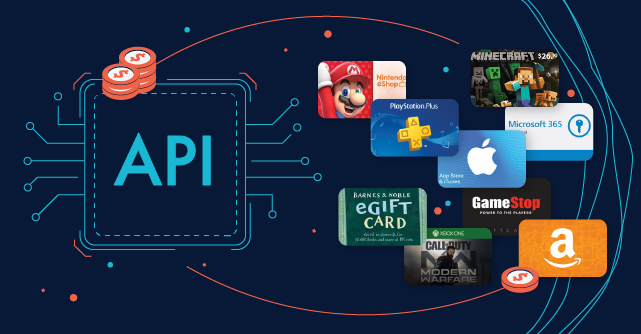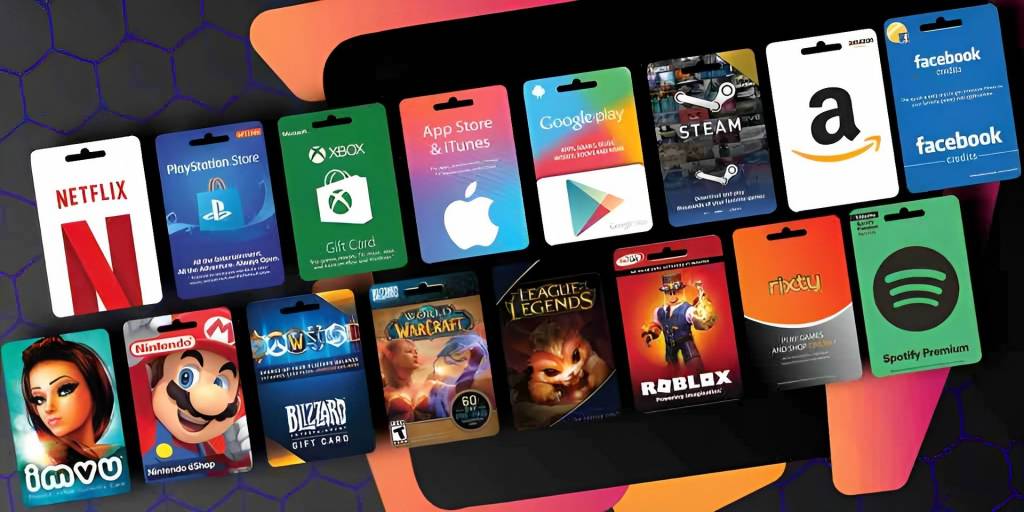Mobile game retention is one of the most important metrics to track the success of gaming apps. It defines the size of the game’s audience, the potential for growth, and the average time spent on the game.
Importantly, this metric also downplays the download rate, which has become a vanity metric.
To boost your mobile game’s retention rate, we need to start with a quick review of how to determine this important figure.
If you already know how and want to read the five strategies to improve mobile game retention, jump ahead here.
How to calculate mobile game retention rate
Mobile game retention is the percentage of players that return to play after the first launch of the app. It is typically measured in three periods after the initial download: Day 1, Day 7 and Day 30.
Usually, for free-to-play (F2P) mobile games, the standard retention rates are:
- 40% for Day 1
- 20% for Day 7
- 10% for Day 30
This is the famous formula used to get the rate:
Day N retention (%) = (Number of users who launched a game app on Day N) / (Number of users who downloaded that game N days ago) x 100
In F2P mobile gaming, the first few days are critical for retention. The largest churn happens within the first week after a gamer launches a mobile game app for the first time. After Day 7, the churn continues until it levels out at Day 30.
If the mobile game app is launched after 30 days, the user has a high likelihood to become a loyal player. This group has the highest potential to convert into paying customers.
The mobile game retention graph published by game developer analyst Vera Karpova best demonstrates this:

(It should be noted here that there are two common metrics to measure mobile game retention. N Day retention measures users that return after the first launch, as above. Meanwhile, rolling retention measures the percentage of users who return to the app on a specified day or any day after that.)
The mobile game player buyer journey
Day 1 retention is all about the first impression. If a player remains after the first day of download, then they are likely satisfied by the game tutorial, the onboarding experience, and the game’s content and UI. These users will go on to explore more features.
Day 7 retention tells us how many players like the mobile game. This benchmark is important for understanding how many users have spent a minimal amount of time needed to become familiar with the game’s core characteristics.
Day 30 retention shows a group of loyal users that have continued to launch the mobile game after one month. These players are the most likely to become high-frequency players that convert into paying customers. It is very likely that they will be hooked to the game and stay loyal for a very long time.
5 strategies to boost mobile game retention
From Day 30 onwards, players begin to open up their wallets. To get to this point, the ideal journey mobile game players should take looks like this:
- Install app
- Onboard
- Return several times
- Register to make payments
We asked experts in the mobile gaming industry in Africa about how developers boost retention to achieve this ideal user journey. Our research included an interview with the founder of Leti Arts, a Ghana-based game studio that is considered one of the continent’s pioneers in the industry.

They identified the most successful rules to improve mobile game retention in emerging markets.
To bring players to the coveted Day 30 retention, these companies have optimized content for the market, improved access to mobile phone users and developed varied rewards programs.
Here is a list of what strategies they recommend other game developers to follow:
- Create familiar, easy-access content
- Offer airtime credit and data rewards
- Develop rewards programs
- Connect culturally
- Heavily use social media
1. Create familiar, easy-access content
Making familiar content that can be easily accessed by gamers has become the main ingredient in retention success for Leti Arts, a video game studio with offices in Ghana and Kenya.
“While we have tested out a couple of ways to retain users, the best bet has always been to create content that they are interested in and make it easily accessible,” says Eyram Tawia, the Ghanian founder of Leti Arts.
“This means preinstalling the games sometimes,” he adds.
Founded in 2009, Leti Arts has become one of Africa’s leading mobile game developers, catching the attention of a new generation of gamers. This fanbase includes Kadi Yao Tay, the co-founder of Squid Magazine, a Ghana-based magazine for African comic book, animation and video game creators.
He points to Leti Arts’ Hottseat, a kind of Who Wants to be a Millionaire variant, as an example of a successful mobile game in Africa.
“The reason for their success lies in the familiarity and simplicity of the game,” says Tay.
“Who Wants to be a Millionaire was a very successful show on Ghanaian TV,” he says.
“Hottseat leverages that to produce something that people are already familiar with. That and the fact that you can actually win stuff on the game is why I believe that it’s been so successful.”
More on rewards next.
2. Offer airtime credit and data rewards
Enticing users to download your mobile game app is easier if they are offered the data to access it.
In Africa and other emerging markets where smartphone users widely use prepaid mobile services this reward can be the key to acquisition — and retention.
Since airtime is used as currency in much of Africa, it is no wonder that gamers would be attracted to receiving such valuable rewards. For reaching Day 30 retention, this strategy has proven especially effective.
“Airtime credit and data rewards is a smart marketing strategy that we have employed because data is relatively expensive,” says Tawia.
“If users know they will get a tangible reward such as airtime or data, they are more inclined to play your game,” Tawia asserts.
“This is a direct reward system that is hustle free and effective.”
From the developer perspective, mobile games that do not instantly eat up the rewarded data tend to work best with this incentive strategy.
“Games that don’t use up too much bandwidth and data are the most sticky,” observes Tay.
Airtime credit is especially fitting for those that are in the frequent mobile game player profile. “It is a great incentive for the casual gamer who’s looking to while away time,” adds Tay.

3. Develop rewards programs
Mobile games are designed for casual players looking for short time interval game experiences. This type of person is particularly enticed by quick wins, which mobile rewards programs are engineered to produce.
“Instituting reward and loyalty programs has proven to be an excellent marketing tool as people get excited about winning,” says Tawia.
Leti Arts actively seeks out businesses to partner in their programs, giving movie tickets, airtime, data, free wallpaper and more prizes.
“We have also recently started partnering with telecommunication companies and other distribution platforms, which have helped boost our marketing efforts tremendously,” Tawia says.
Loyalty and rewards make good companions and have long been a core tenant to incentive marketing strategies in the emerging world.
“Offering frequent, limited-time offers and rewards (in-game or out) is a strategy that can retain users,” says Tay.
“This could be in the form of in-game coins, airtime and data packages, shopping vouchers and raffles.”
4. Connect culturally
Knowing your customer has always been a cardinal rule. If you can provide mobile game content that connects with the culture and history of a market, then you have already given them a strong reason to discover your app.
This especially rings true in emerging markets, where high-quality localized game content is in short supply. If you get a higher Day 7 retention rate, the chances are you are improving how you connect with your audience on a more cultural level.
“We reimagine historic figures in a 21st-century reality and cast them in scenarios that mimic prevalent issues in present-day Africa,” says Tawia.
“We believe that digitizing our stories is the best way to preserve our culture and get the current generation to intentionally engage with it,” he adds.
Developers also need to localize by translating their content, including push notifications, UI messages and tutorials.
5. Heavily use social media
Do not underestimate the power of social media. Platforms like Facebook and Twitter are invaluable for sparking conversations about mobile games in emerging markets, especially in Africa.
“We have relied heavily on social media to push our content out,” observes Tawia.
Managing social media accounts that interact with users is also important. Just publishing updates on Facebook won’t cut it.
Social media updates need to give users a reason to share content. Therefore, this interaction should also strive to promote content that resonates with your target market.
Just take a look at Leti Art’s Facebook account; the page has a lot of fun quizzes that are relevant to their community. This strategy does a great job of keeping fans engaged, pushing up the valuable Day 30 retention rate.
“At the end of the day, you need to figure out what works for your audience. It can be as simple as a social media shoutout for being at the top of the leaderboard,” says Tawia.
Final thoughts
Many mobile game developers focus on acquisition rates, which are still important, but they often end up neglecting retention.
It should be underscored that the above rules can equally be used to drive or reinforce acquisition. For example, airtime incentives are proven to have a cost-per-acquisition as low as $0.20.
But acquisition is only part of the equation. A truly successful mobile game project will eventually need to prove its longevity. To do this, developers will have to master mobile game retention strategies outlined here.
In emerging markets, the mobile game industry still has a lot of room for growth. To truly conquer these markets, the trick is to maintain that growth once companies begin to acquire it.



